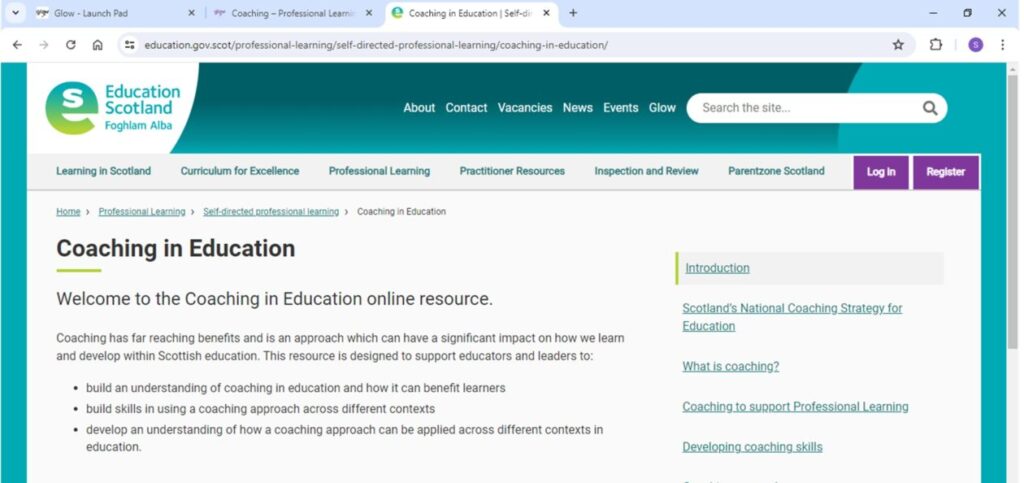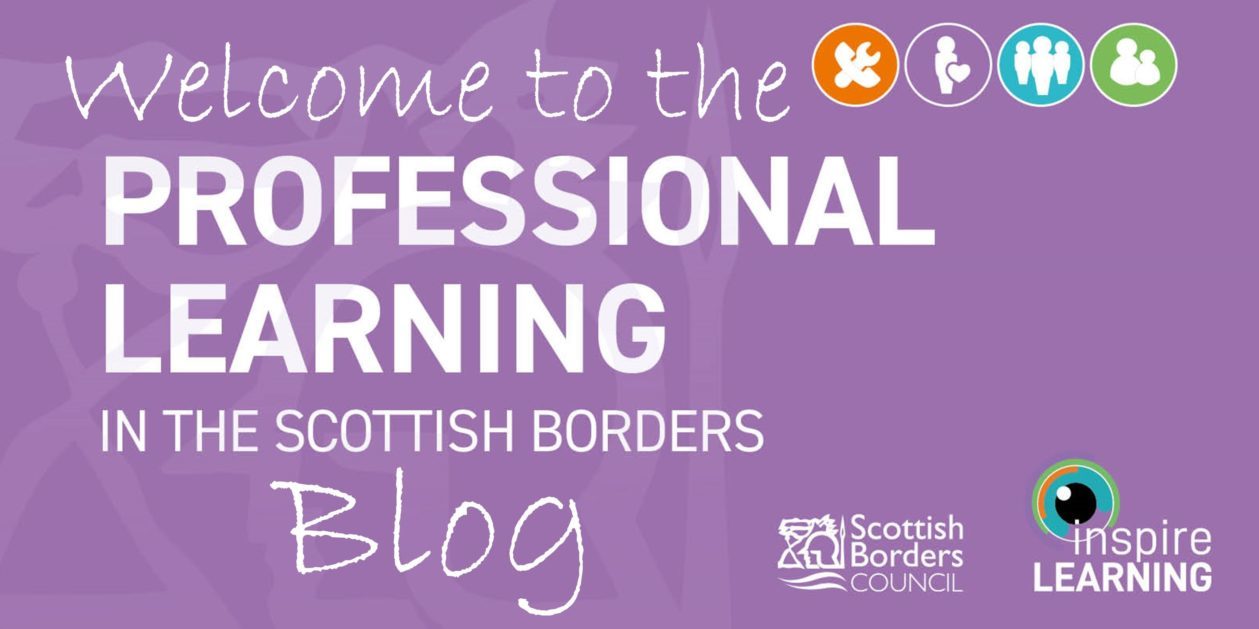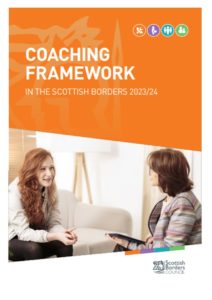Welcome to the Coaching homepage
In Scottish Borders Council we value the use of coaching and mentoring as essential skills for the professional learning, leadership and development of our staff. A range of opportunities are available to develop leadership and management capacity at all levels, which include coaching programmes and opportunities. This supports us in building a culture of coaching in Scottish Borders. Coaching is key to the processes of Professional Review and Development as well as Professional Update.
Would you like to be matched to a coach? Contact clpl@scotborders.gov.uk
Education Scotland – Coaching in Education Online Resource
Coaching in Education:Scotland’s National Coaching Strategy for Education
Vision
Scottish education has a strong, embedded culture of coaching. All education professionals understand and experience high quality coaching which directly impacts on themselves, learners and their learning communities.
This is sustained by a coherent strategy which ensures equity of access to coaching experiences and conversations, professional learning opportunities and systems of support that foster coaching.
As Scottish education navigates the next phase of change and reform and continues to develop an empowered system, Education Scotland (ES) and GTC Scotland (GTCS) have been working with stakeholders to develop a more coherent system-wide coaching strategy which builds on strengths already in the system and supports greater equity of access across local and regional areas.
Definitions of coaching are wide ranging. The strategy defines coaching as a structured conversation, which takes a non-directive stance, allowing the coachee to lead the way forming their own conclusions:
‘A one to one conversation that focuses on the enhancement of learning and development through increasing self-awareness and a sense of personal responsibility, where the coach facilitates the self-directed learning of the coachee through questions, active listening, and challenge in a supportive and encouraging climate. (van Nieuwerburgh,2012,p.17).


